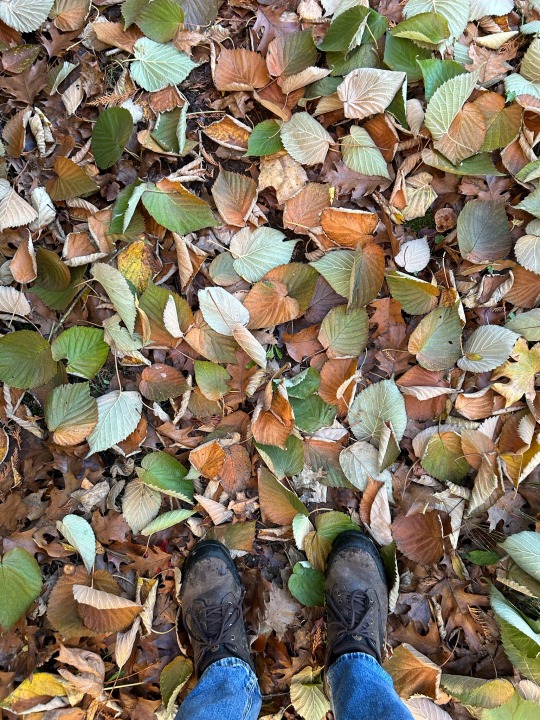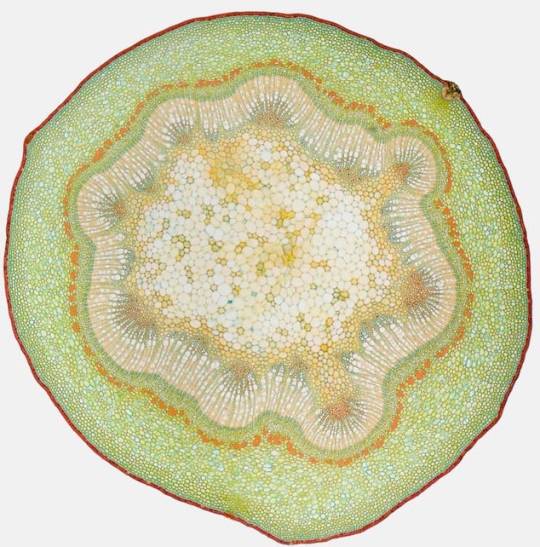#Davidia involucrata
Text
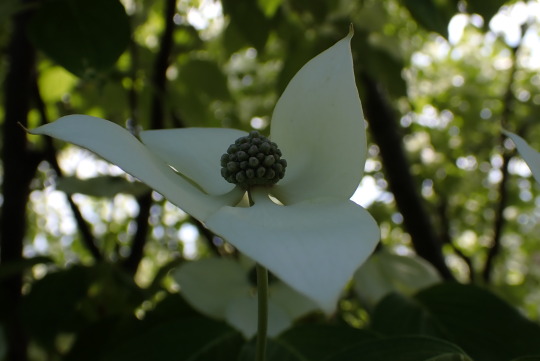
13.5.2024: Taubenbaum
#phototagebuch#tagesphoto#photo diary#photo of the day#photojournal#photo du jour#photo des tages#vienna#wien#urban nature#13.5.2024#Davidia involucrata#Dove-Tree#Taschentuchbaum#Taubenbaum
2 notes
·
View notes
Text
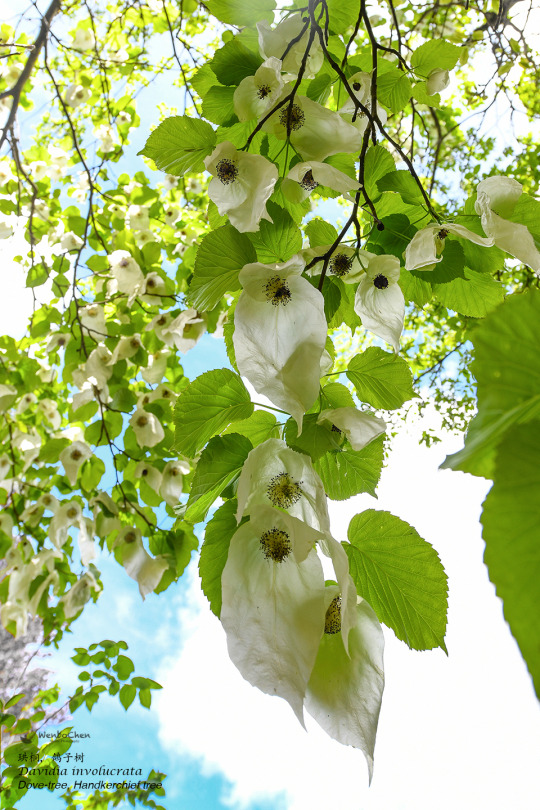



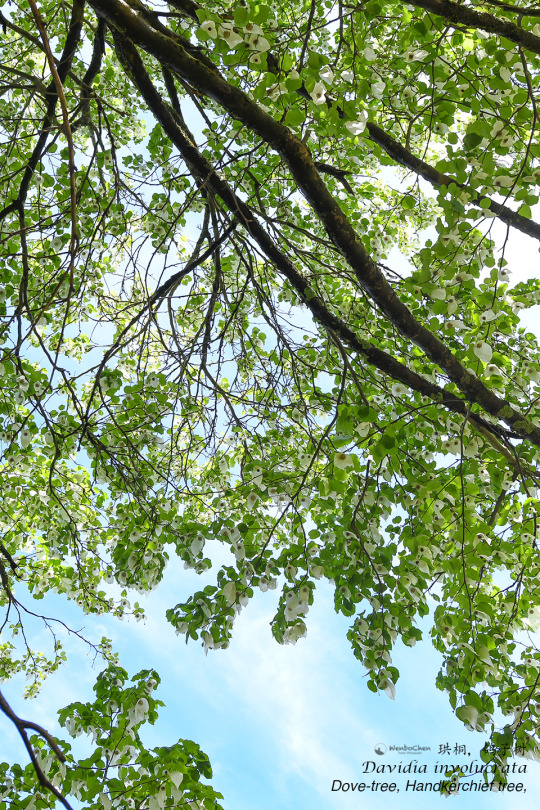



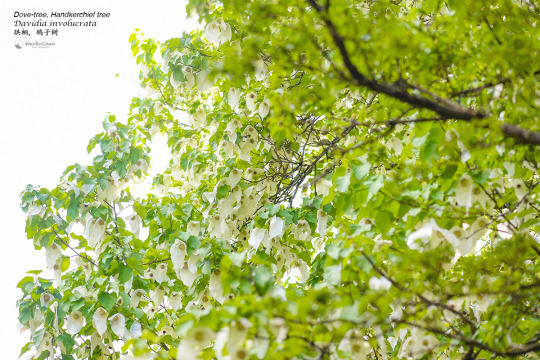

The photos of Davidia involucrata. Should have shared it last month when it was in still flower, but too busy...
9 notes
·
View notes
Text
Did You Know There's A Handkerchief Tree?
The handkerchief tree, sometimes called the Dove tree – Davidia involucrata – from South East China. There are two of them in the Botanic Garden in Cambridge.
Until this year I thought there was only one specimen, and each year I somehow missed the time of the handkerchiefs.
This year I understand why. It’s because they last such a short time,.
The ‘handkerchiefs’ are brachts (modified leaves)…
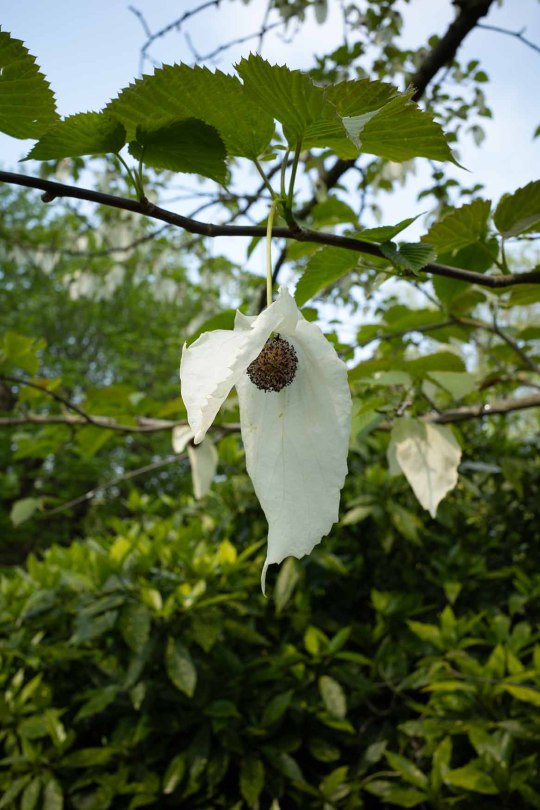
View On WordPress
0 notes
Text
This darling is Davidia involucrata, in the NYSSACEAE family! It has several common names, including the hankerchief tree, dove tree, and ghost tree.
This deciduous tree has cordate leaves with serrated edges and a lightly hairy underside, growing in clusters of 3-5. Its drooping flowers feature a reddish purple head with two long, uneven white bracts. It produces nuts with a green fleshy covering.
Davidia involucrata is native to Central and South China in woodland areas. It can tolerate shade with thin leaves that maximize light capture. Its tissue contains tannins that provide defense against herbivory by interfering with digestive enzymes.

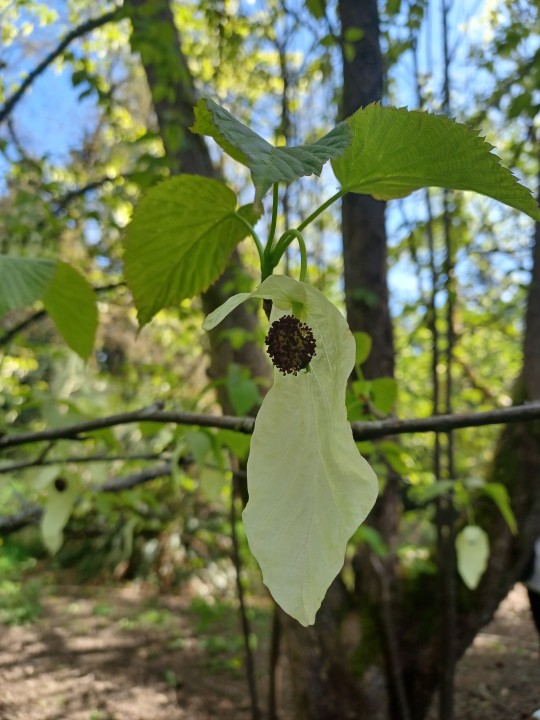
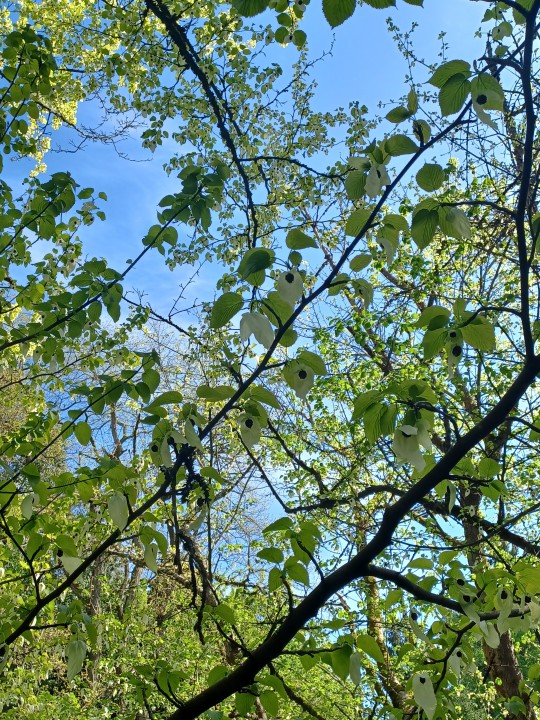

0 notes
Text
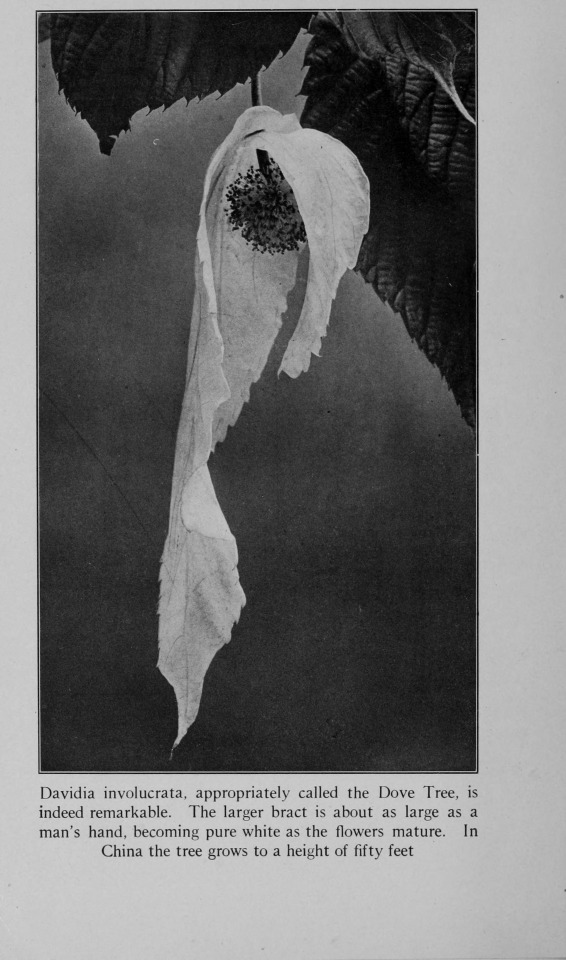
Aristocrats of the garden
By Wilson, Ernest Henry, 1876-1930
“Davidia involucrata, appropriately called the Dove Tree, is indeed remarkable. The larger bract is about as large as a man’s hand, becoming pure white as the flowers mature. In China the tree grows to a height of fifty feet”
0 notes
Text
Forests, Vol. 14, Pages 1256: Comparative Transcriptome Analysis between Embryogenic and Non-Embryogenic Callus of Davidia involucrata
Davidia involucrata Baill. (D. involucrata), a rare and endangered wild plant, is native to China and is globally recognized as an ornamental tree species. However, D. involucrata exhibits inherent biological characteristics that contribute to its low reproductive efficiency. To address this challenge, somatic embryogenesis, a biotechnological method, offers numerous advantages, including enhanced reproductive efficiency, a large reproductive coefficient, and a complete structural composition. Consequently, somatic embryogenesis holds significant value in the propagation and genetic improvement of this particular tree species. In a previous study, we utilized immature zygotic embryos of D. involucrata as explants and induced somatic embryogenesis from embryogenic callus, thereby establishing a rapid propagation and plant regeneration scheme. In this study, we utilized Illumina #RNA sequencing to compare the transcriptomes of the embryogenic callus (EC) and non-embryogenic callus (NEC) of D. involucrata. The analysis revealed 131,109 unigenes assembled from EC and NEC, and 12,806 differentially expressed genes (DEGs) were identified. To verify the authenticity of the transcriptome sequencing results, qRT-PCR was performed and 16 DEGs were screened, with the stable reference gene UBQ being selected. Our analysis focused on genes related to plant growth regulators and somatic embryogenesis, such as the Aux, IAA, ARF, GH3, AHP, ARR, CYCD, BBM, WUS, GRF, SERK, and WOX gene families. We found that certain genes in these families were significantly upregulated in EC induction compared to NEC, indicating that they play crucial roles in D. involucrata cell proliferation, differentiation, and cell totipotency. These results offer new insights into the role of these gene families in EC, and may guide efforts to improve the somatic embryo induction, culture conditions, and genetic transformation efficiency of D. involucrata. https://www.mdpi.com/1999-4907/14/6/1256?utm_source=dlvr.it&utm_medium=tumblr
0 notes
Photo
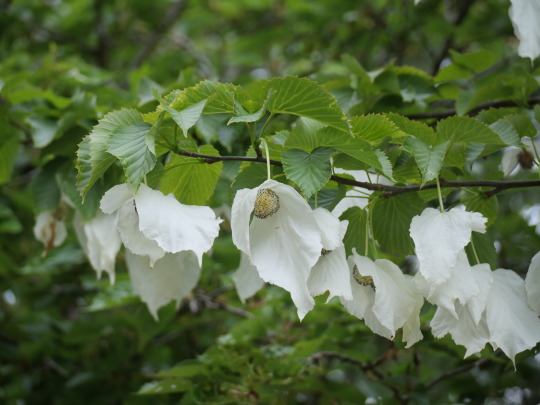
May 16, 2021
#amsterdam#amstelpark#wandeling#walk#zondagmiddag#met jos#samen#vaantjesboom#zakdoekenboom#in bloei#davidia involucrata
1 note
·
View note
Photo
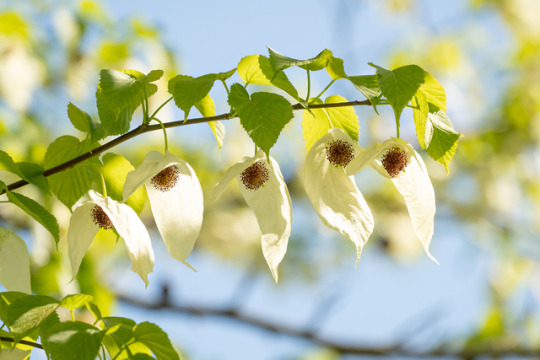
flowering branch of the handkerchief tree (Davidia involucrata)
#Davidia involucrata#Taschentuchbaum#branch#handkerchief tree#photographers on tumblr#dove tree#nature#spring#flowering#nature photography#fotoblubb#Kristian Papp#apr19#April2019
47 notes
·
View notes
Photo

Ghost tree / Taschentuchbaum (Davidia involucrata)
13 notes
·
View notes
Text

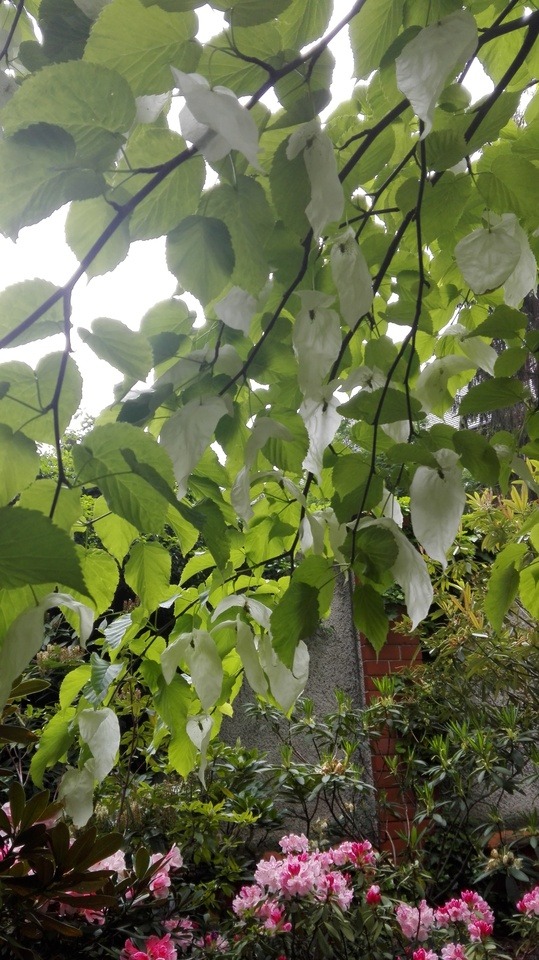
Davidia involucrata
#plantblr#photographers on tumblr#botanical garden#davidia involucrata#unusual flowers#hella cool tree#wroclawski ogrod botaniczny#wroclaw#poland
10 notes
·
View notes
Text
Guys there’s a thing called a “handkerchief tree” and it’s SOFA KING COOL.


Go look. It’s so pretty. I wonder if I put food coloring in the groundwater if they’d come up rainbow.
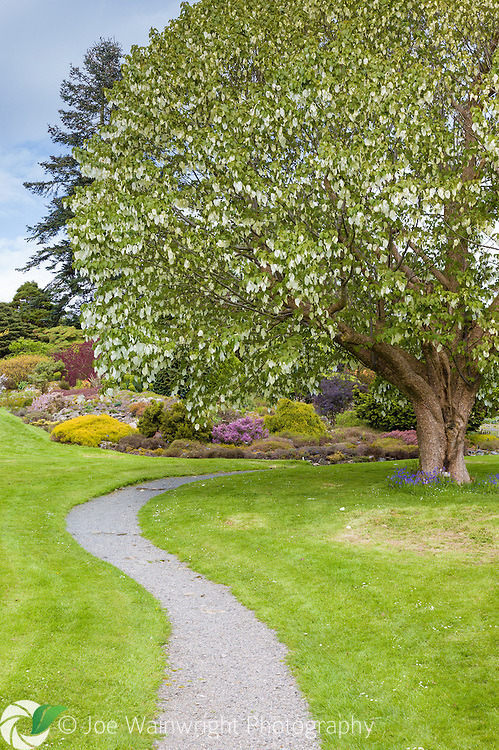
0 notes
Text



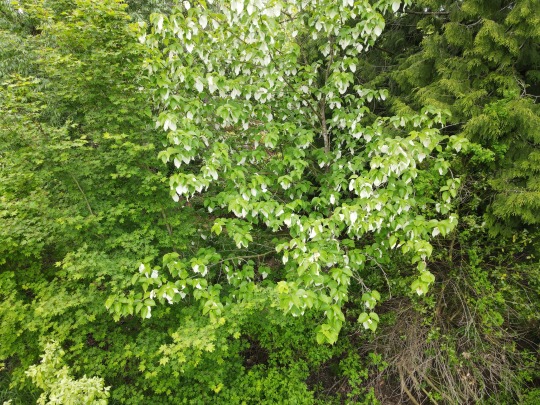
A lot of dogwoods look better from above.
The last one is a dove tree, Davidia involucrata.
36 notes
·
View notes
Text
Kanha National Park Tour Packages
The present-day Kanha region is separated into 2 secured regions, Hallon and Banjar, of 250 and 300 km2 (97 and 116 sq mi), individually. Kanha Public Park Opened on 1 June 1955 and was assigned a tiger save in 1973.Kanha , can also be known Kanha–Kisli Public Park, is one of tiger stores of India and biggest public park of territory of Madhya Pradesh.Kanha is home to over 1000 species of flowering plants. A notable Indian ghost tree (Davidia involucrata) can also be seen in the dense forest.The lowland forest is a mixture of sal (Shorea robusta) & other mixed-forest trees, interspersed with meadows. The highland forests are tropical moist, dry deciduous type and of a completely different nature from bamboo (Dendrocalamus strictus) on slopes.
We provide Kanha Safari Booking Service, Tour Packages, Safari Packages with hotel & resort booking service near Kanha. So Parks Our Open You You Package Now!!
For Booking
Call Us At: +91-7557322322
Visit here: Kanha National Park Tour Packages
1 note
·
View note
Photo






This is the first time I saw a vine from the Euphorbiaceae family, the Purple Wings (Dalechampia aristolochiifolia). I couldn't help but imagine what it would be like if I grow this and the Dove-tree (Davidia involucrata) together.
3 notes
·
View notes
